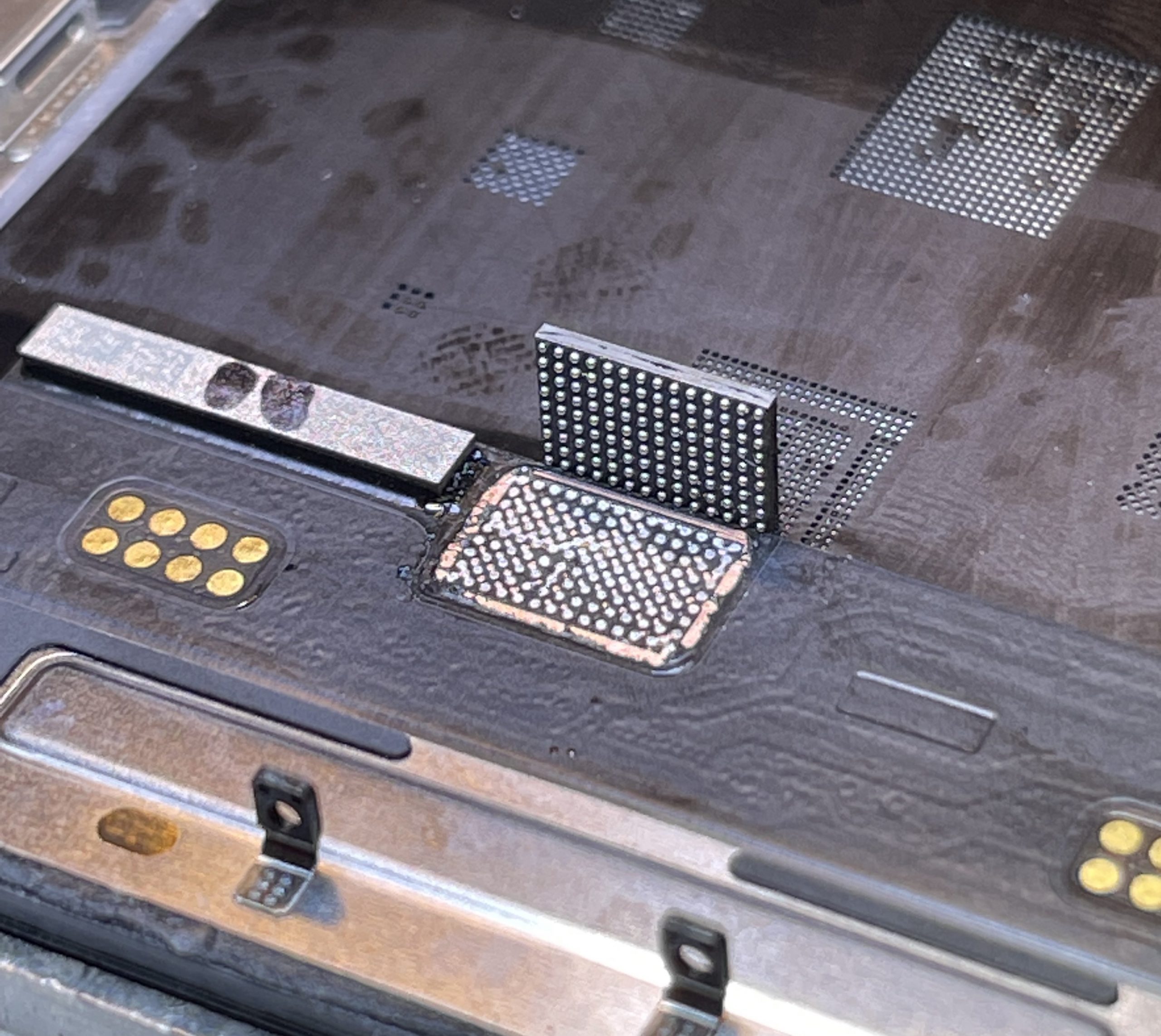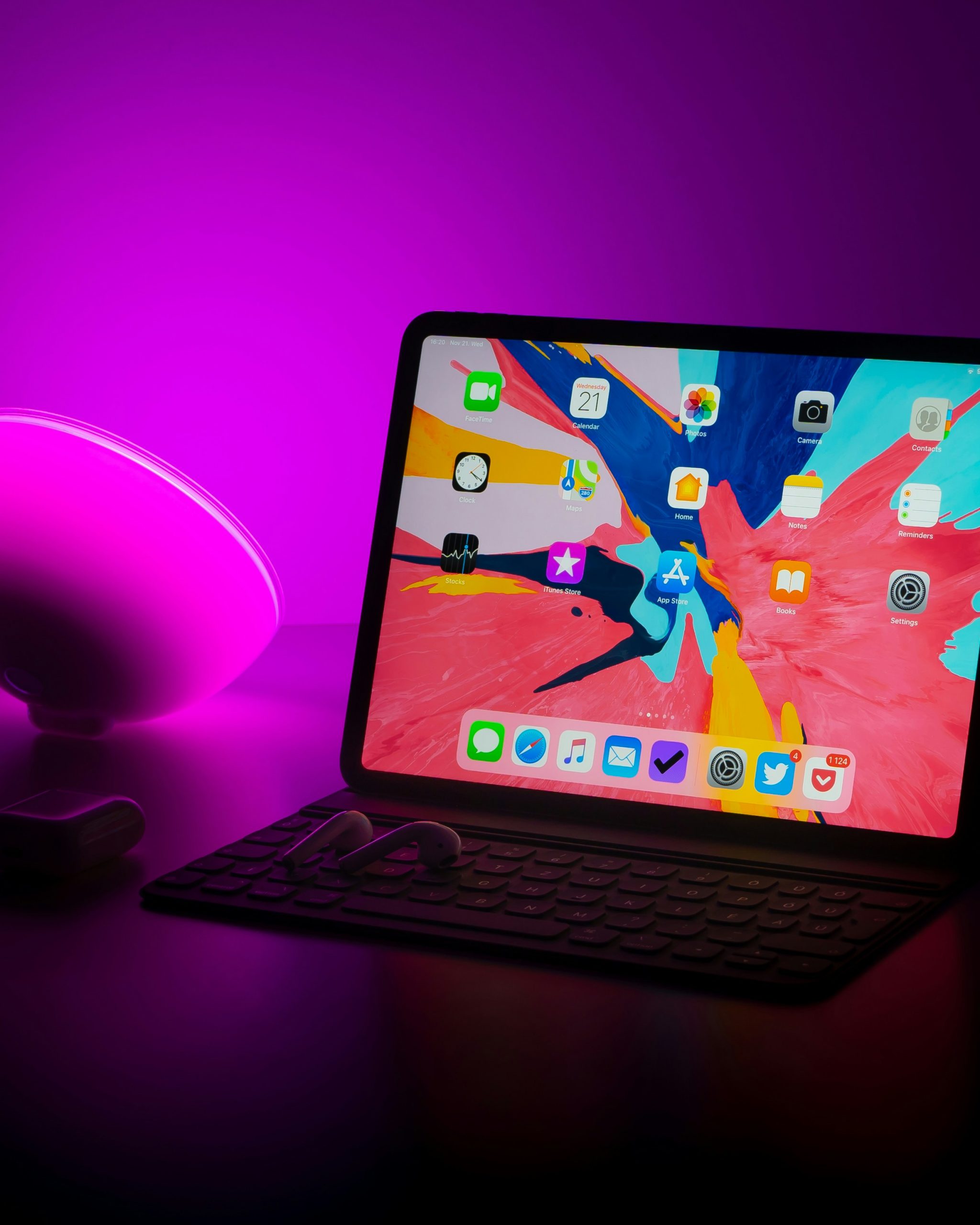In brief:
- The Verge confirmed Apple will release a new update to resolve this issue.
- We originally confirmed the microchip on the screen in the iPhone 13 is now communicating with Face ID.
- We believe this is a fight between Apple & China, with us as the consumers & repairers caught in the middle.
- Apple has done this before and got away with it!
The Verge confirmed last night that Apple have said they would release a software update to correct an issue in the iPhone 13 where Face ID is disabled after a screen repair (even if you use a screen from another iPhone 13!).
If you missed our YouTube video on our research of this issue, you can watch it here:
When this iPhone 13 Face ID issue reported we thought it was just a glimpse into the future of iPhone screen technology. We still believe future generations of iPhone will introduce a biometric under the screen in Touch ID. The screen would thus have to communicate with the biometrics which would be through the use of microchips.
The current screen technology used by Apple is ‘borrowed’ from Samsung who already use fingerprint scanners under the screen. It would not be difficult to introduce in terms of the OLED screen itself but Apple of uses different microelectronic architecture to Samsung in their iPhone screens.
Apple’s introduction of ROM (read only memory) technology in their integrated circuits has been nothing less than genius (detailed in our previous blog here). It has been checkmate so far for Chinese parts manufacturers. The only issue with this technology is that it also damages the use of original parts unless a part has been specifically calibrated by Apple or an Apple approved centre. (We’ll speak more about the use of this technology in more detail in a future article).
Apple’s decision to release a software update (we believe in iOS 15.2, coming soon) is a huge sigh of relief for many repair companies in the industry, who would have not been able to complete the necessary microsoldering repair to the screen’s microchip to keep Face ID functionality. Furthermore, this is more for consumers who now don’t have to make the choice of having a repair completed outside of the Apple network resulting in the loss of facial recognition. You as a consumer own your iPhone, you pay a premium amount for it and should have the right to have it repaired outside the Apple network without loss of functionality. The loss of functionality just unnecessary.
But did you know that Apple have already done this in the past? And got away with it! They removed the functionality of battery health for the iPhone XR (and newer) should you have your iPhone battery repaired outside the Apple network. We originally thought this was to battle against poor quality batteries made in China, but if you swap two original batteries from two iPhones you still lose functionality. Restoring the iPhone doesn’t help as Apple’s software doesn’t calibrate your iPhone with the new serial number for the new original battery.
Apple has the ability to confirm original serial numbers through a software restore and therefore should be able to confirm the serial number for the replaced original battery or original part replaced. As long as it is confirmed as original (dissembled from another iPhone) you shouldn’t lose any functionality. Functionality loss isn’t something which should not be the norm and furthermore not accepted.
To make things even more confusing when using original parts, Apple has a notification which appears on the home screen which says the iPhone is unable to verify if the battery, screen or camera (in the iPhone 12 and newer) is genuine. To confirm, even if the part is taken directly from one iPhone and fitted directly into another iPhone. This is how Apple is using ROM technology against its own consumers.
So what now? Well, normally things like this get brushed under the carpet and forgotten about quickly. But not this year-this is our opportunity to correctly educate consumers on how an iPhone actually works as well as Apple’s network in terms of their supply chain moves towards cornering customers for higher repair prices (More coming soon).
by Ricky Panesar.




